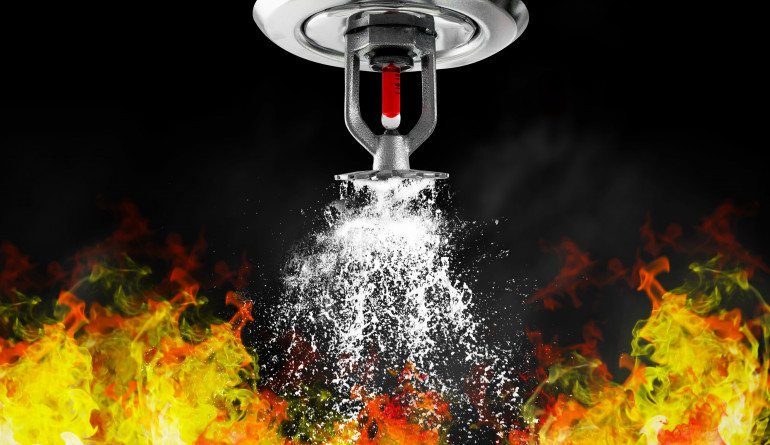Updated fire sprinkler standard NZS 4541 out for public comment

An update to the New Zealand standard NZS 4541 – Automatic fire sprinkler systems has just been released for public consultation. This important standard provides an integrated set of rules for the design, installation, and maintenance of sprinkler systems so they reliably protect against the loss of life and minimise property damage from fire.
This standard is used extensively across the fire protection industry and by builders, contractors, designers and specifiers, engineers, inspection agencies, installers, insurers, local authorities, maintenance persons, manufacturers, regulatory agencies, sprinkler system certifiers, and suppliers.
Committee chair, Chris Mak, says after nearly two years of hard work and focus, the committee is recommending several key amendments to the standard, as well as a number of minor changes as a result of lessons learned since the 2013 standard was published. ‘We’ve been recording and addressing areas of improvement and ambiguity to ensure we have a robust sprinkler system, while not unnecessarily increasing cost,’ he says.
‘Our goal is to increase reliability and resilience by – in particular – reviewing the seismic resilience provisions and bringing them into line with the standard NZS 1170 part 5. This follows a groundswell of momentum from the consulting and construction industry following lessons learned from the Wellington earthquake in 2013.’
Increased resilience of high rise sprinkler systems and reduced cost
Chris says the second significant change the committee has looked at is sprinkler systems in high rise buildings – particularly with regards to the Auckland market. This is as a result of lessons learned from the Melbourne Lacrosse fire in 2014, where a serious cladding fire across multiple levels was started by a single cigarette on a balcony.
‘We’ve decided we can increase the resilience of high rise sprinkler systems while reducing cost by combining them with fire hydrant systems. We can keep the resilience of having independent systems in place using valving and pumping arrangements. This would give us a more robust sprinkler system,’ he explains.
Other key changes out for public consultation include:
- A requirement that work on a sprinkler system is carried out, or supervised by, suitably qualified personnel
- Proposing significant changes to pump speed control requirements
- Providing guidance on to how to protect car stacker systems
- Incorporating the latest thinking on protection for warehousing.
Chris says the industry needs to take advantage of the two-month consultation period to provide feedback on the proposed updates to this vital standard. ‘After nearly two years of being immersed in the drafting of this standard it’s sometimes hard for the committee members to see the wood for the trees,’ he says. ‘It’s important for particularly the fire pump assembly industry to speak up with their feedback.’
